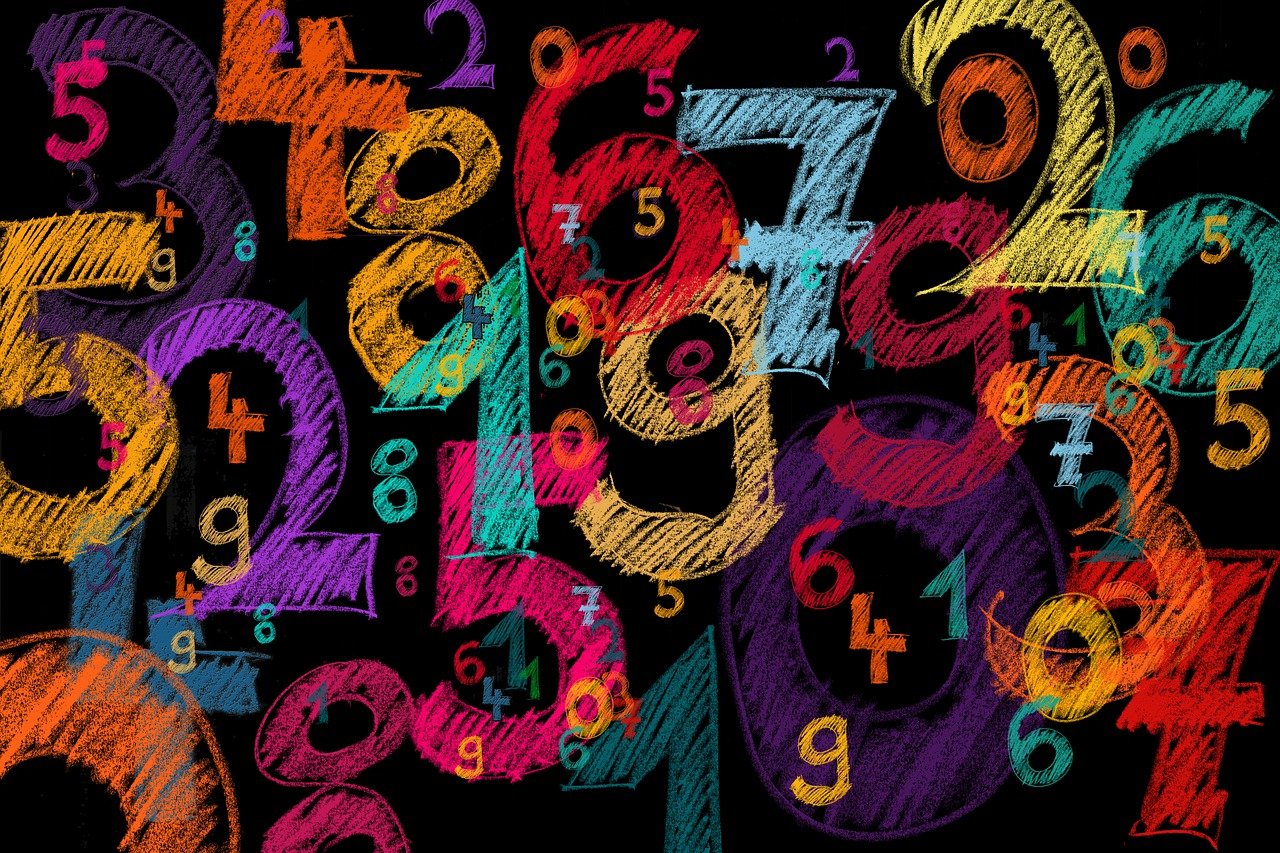Groupitizing is the ability to segment a large set of items into smaller, countable subgroups to estimate the total amount. Groupitizing is different from subitizing in that it not only requires students to add, but also to group an array. While subitizing is not a good predictor of math achievement, groupitizing has been shown to be a good indicator. Furthermore, groupitizing minimizes set effect size – a phenomenon where a greater number of elements in a collection leads to slower counting, and thus results in more imprecise approximations.
In their study, Guillaume et al. (2023) investigated 1) how groupitizing develops with age, 2) cognitive and conceptual processes associated with groupitizing, and 3) how groupitizing mediates the relationship between socioeconomic status (SES) and math achievement.
The study was carried out as a mixed-longitudinal assessment with 1,208 children, ranging from 3rd to 8th graders. Guillaume et al. (2023) collected data on correct responses per minute (CPRM) on a dot enumeration task, math achievement, and cognitive tests scores. CPRM was measured through a dot enumeration task in which participants were shown an array of dots requiring the ability to groupitize and subitize subgroups to determine the total amount. For example, if there were three rows of four dots, they had to identify that there were four items in a row and a total of three rows; then, they would subitize by adding the three subgroups of four items, thus arriving at 12.
Analyses showed that the findings aligned with prior research. In general, higher CPRM correlated with reduced size effect. In other words, the ability to groupitize minimized inaccuracies in correctly counting the number of items in an array. Groupitizng allowed for faster and more efficient processing, and its benefits increased from 3rd grade to 8th grade. Additionally, it allowed for faster and more efficient processing.
Secondly, groupitizing reflected math concepts, specifically the ability to apply and manipulate arithmetic concepts. Grouped structure elicits grouping behavior, which allows students to assess whether grouping would be possible for the given context. Once they deem it possible to do so, they apply arithmetic concepts by adding the subgroups.
Additionally, groupitizing reflected math achievement. High performers in math benefitted from groupitizing, while low performers did not. Groupitizng correlated with math fluency and predicted math achievement. However, it did not prove causality.
Finally, groupitizing mediated SES and math achievement. SES predicted groupitizng behavior and in turn predicted math achievement, most likely due to the fact that low-income families have less access to educational resources.
The findings inform the studies we do at EPIC. For example, it allows us to possibly draw a connection between students’ failure stories in math and development of arithmetic concepts in elementary and middle school. It further helps us to investigate whether students’ experiences in math are determined by their proficiency to groupitize.
If you are interested in reading more about Guillaume et al.'s (2023) study, please retrieve the article from: https://srcd.onlinelibrary.wiley.com/doi/abs/10.1111/cdev.13859
Reference:
Guillaume, M., Roy, E., Van Rinsveld, A., Starkey, G. S., Project iLead Consortium, Uncapher, M. R., & McCandliss, B. D. (2023). Groupitizing reflects conceptual developments in math cognition and inequities in math achievement from childhood through adolescence. Child development, 94(2), 335-347.

